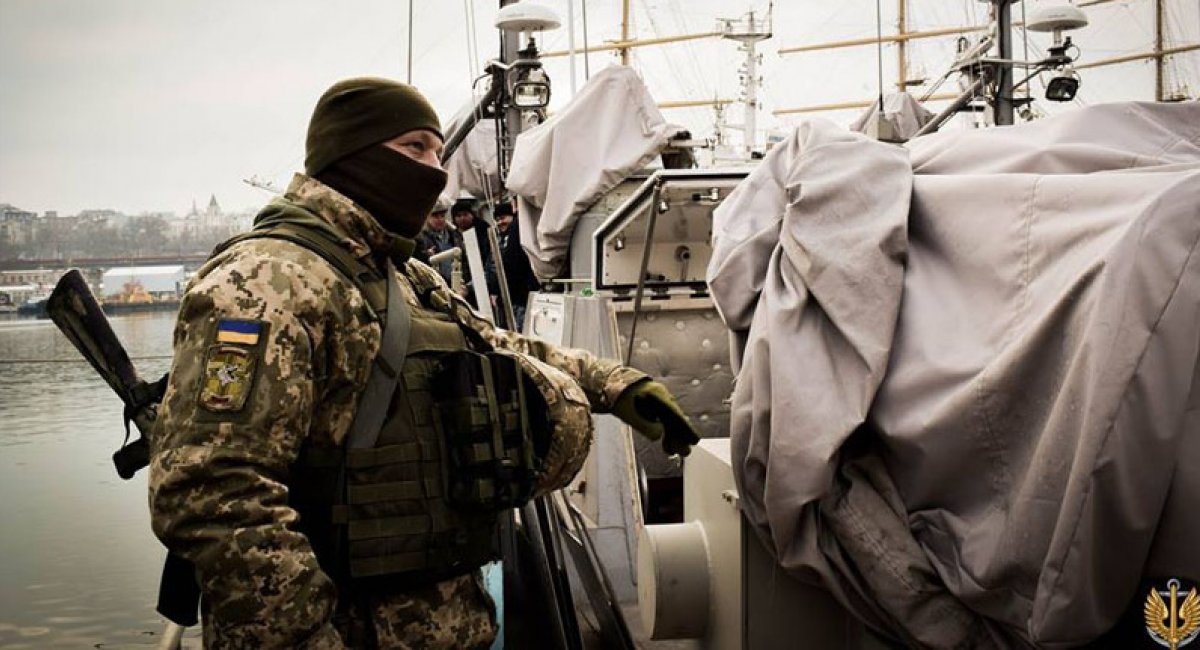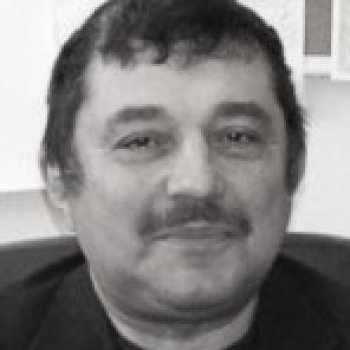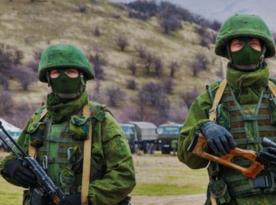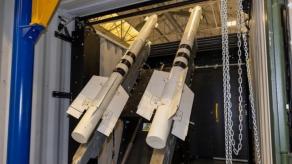The ships are being built by Kuznya na Rybalskomu shipyard in Kyiv on order from Ukraine’s Ministry of Defense for the Ukrainian Navy.
The need for the new FACs was motivated by objective reasons, first of all, the urgent requirement for augmenting the Ukrainian Navy with new warships, as well as the lack of naval capabilities needed to asymmetrically respond to Russia’s military aggression in Ukraine.
Read more: Postman ballistic processor and other solutions from Turingismus
The Ukrainian FAC project was initially based on a concept design previously tested by the Swedish Navy with its Combat Boat 90 (CB90) Fast Assault Craft and later adopted by Russia for its Project 03160 Raptor Class.

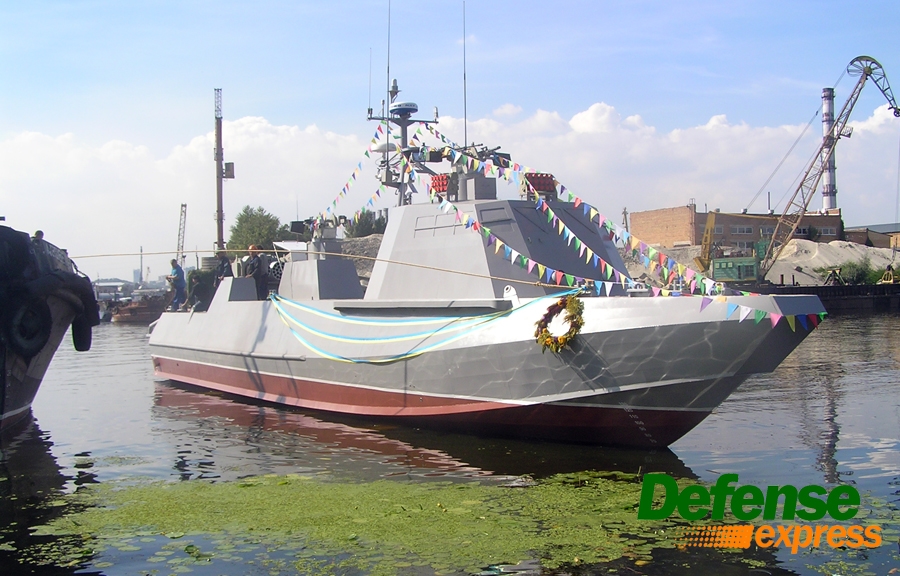
Fast and low observable, FACs can be used for a broad range of missions that are commonly assigned to naval forces at times of war. This factor made FAC the warship of choice for a lot of navies seeking effective defenses against more powerful adversaries at sea.
A significant factor in the context of Ukraine’s security is that 8 out of 11 Project 03160 Raptor FACs built by Leningrad Pella Shipbuilding Plant for the Russian Navy are now deployed with Russia’s Black Sea Fleet. Officially listed as anti-sabotage boats, in actual practice they are used by Russia’s naval fleets for special maritime reconnaissance missions.
The Centaur-LK Class FAC has a welded steel hull divided into compartments. The forward hull accommodates armor plated pilot house with navigation equipment, communications and situational awareness facilities and the Propulsion control panel as well as controls of remote weapon stations. The high degree of automation allows the crew to operate all shipboard systems, including weapons, remotely from the pilot house.
In the aft pilot house is a lightweight antenna mast for the DRS4D-NXT radar and communication facilities, including the Iridium Pilot satellite terminal among others. Located right beneath the pilot house are crew living quarters that have direct access to the Battle Station circumventing the open upper deck.
The central hull is occupied by Marine living compartment complete with all the amenities needed for comfortable stay of a Marine squad, a subversion/recon group and other special personnel. The Marine compartment is linked to the retractable forward ramp to ease landing to the shore or in shallow water.
The aft hull accommodates the engine room with the Main Propulsion consisting of 2 diesel engines driven by two Hamilton Jet propellers.
The pilot house, Marine compartment and engine room have splinter protection to protect the key systems and personnel from fragmentation damage. Beyond this, the hull is built with features for low radar cross section and low profile.
The Centaur-LK FAC, if compared to its foreign brand counterparts, has a far more capable weapons package consisting of two remote weapon stations, one positioned atop the pilot house and the other atop the Marine compartment, each armed with a 12.7 mm machine gun and a 40 mm grenade launcher.
Located on the roof of the pilot house is a smoke grenade dispenser used for setting smoke screens to facilitate the detection of incoming missile threats and laser emissions. Once a threat is found out, a smoke screen is automatically set up to screen the craft in the infrared and visible spectrums or to block laser beams of enemy laser guidance systems and laser rangefinders.
Defense against aerial attacks is performed primarily with MANPAD weapons. Finally, the Centaur-LK is equipped with capabilities for transport and placement of sea mines.
By way of comparison, all known foreign brand counterparts of our Centaur FAC have no armaments other than machine guns only...
The Ukrainian steel-hull fast assault craft has more than twice the displacement of aluminum-hull Swedish and Russian counterparts (47 t versus 23 t), a more powerful weapons package and a significantly larger complement (32-36 Marines vs 20) while having only marginally deeper draught when unloaded (1 m vs 0.9 m) and being capable of higher speeds (up to 50 kt vs 48 kt) and a significantly longer range (500 mi vs 300 mi) at economic speed.
The weapons package on Centaur-LK is distinguishable by the presence of a multiple launch rocket system (MLRS) with two 20-round, 80-mm rocket pods. A navalized version of its Soviet-designed air launched original, it far exceeds it in terminal effect due to a new ammunition round developed by Artem, a Kyiv-based State-owned holding company incorporated with the Ukroboronprom Defense Industries Group.
Its current-generation fire control system allows for rockets to be launched against different sets of targets on the ground (enemy personnel, armored vehicles, entrenched fortifications, etc.) and in the air (UAVs, helicopters).
The weapon is able to hit ground targets out to 7,000 m and air targets up to 4,000 m (which far exceeds the max flight ceiling of small drones). For increased operational versatility, the rocket munitions are provided with different options for warhead.

Thus, the RS-80 rocket munition equipped with an air-burst fragmentation warhead is programmed to detonate a few meters above the target, allowing an increased blast radius/density and, consequently, increased lethality compared with conventional, impact-type counterparts. For use against armored targets, there is a variant of the munition armed with a explosively formed warhead.
As Russian military aggression in Ukraine is ongoing, it is to be expected that more powerful and technologically advanced FAC projects similar to the Centaur Class will be developed in the near term to improve Ukraine’s naval capability, especially in the Sea of Azov and the Black Sea areas to the north of the Russia-occupied Crimean Peninsula. This would significantly improve the Ukrainian Navy’s capability to respond to challenges of confrontation with the aggressive neighbor.
Read more: Hermes-C2 – Ukraine’s new indigenous combat vehicle c2 system



